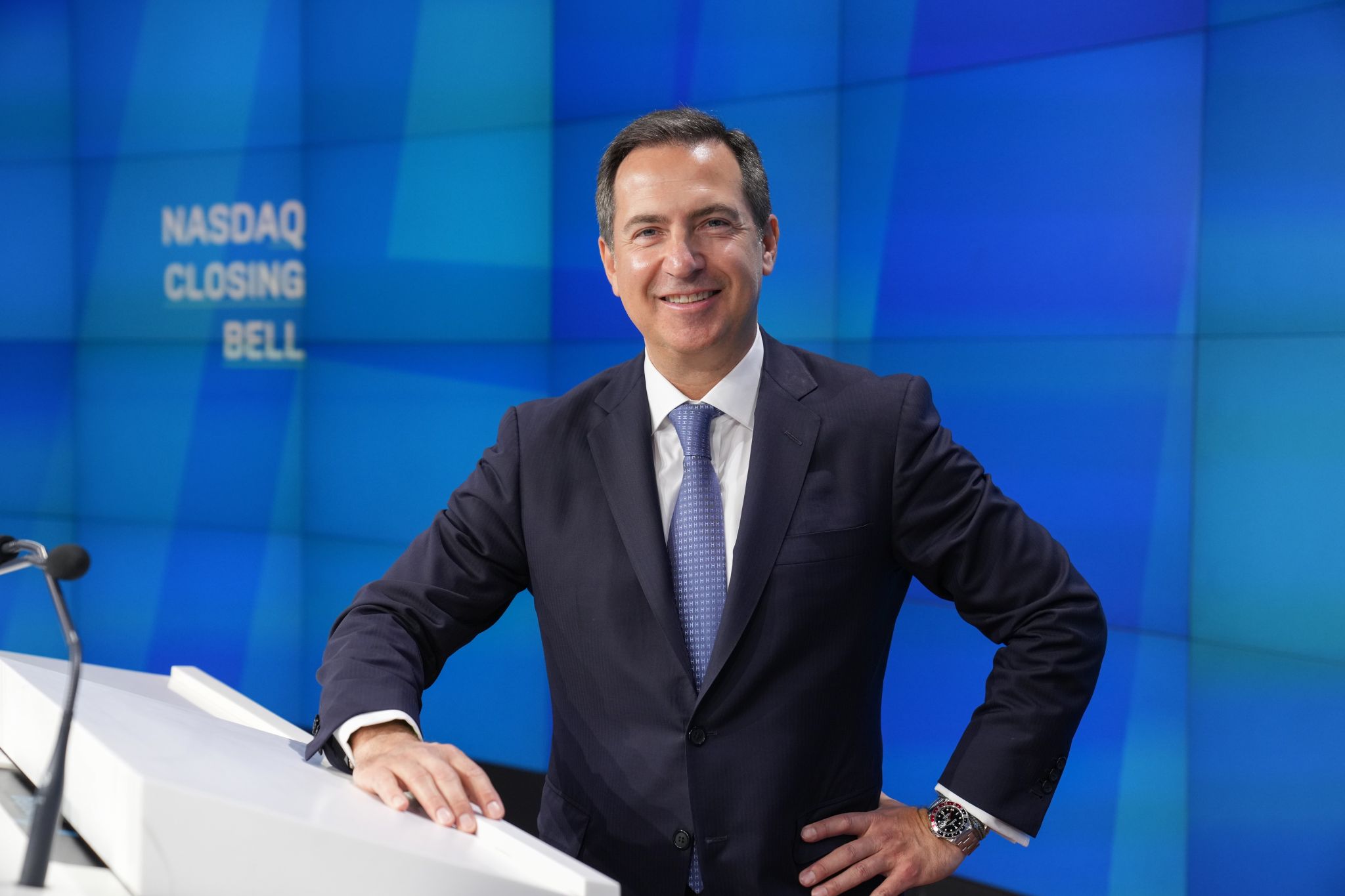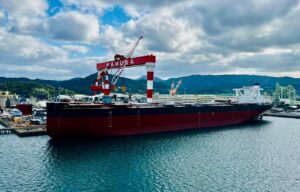The Greek-based and Nasdaq-listed bulker owner United Maritime has decided to invest in the offshore sector through a minority stake in a newbuilding energy construction vessel (ECV).
The Stamatis Tsantanis-led company entered in July into shareholder and subscription agreements to acquire a minority stake in a Norwegian-based company, established to design and build a technically and environmentally advanced energy construction vessel.
The ECV is intended to inspect, maintain, and repair offshore energy production infrastructure in both the oil and gas and renewables industries.
United said it would commit capital of up to $8.5m, scheduled to be called in five separate installments over a period of 33 months, matching the different stages of the ECV’s building process.
“The offshore sector is currently experiencing a dynamic phase characterized by several key factors that enhance its attractiveness. The increased demand for energy, combined with the aging fleet and a limited orderbook, provides a straightforward and structured opportunity for United to diversify into a high-potential alternative sector,” the company said in its second quarter and six months financial results.
This project, in partnership with experienced Norwegian counterparts, is expected to complete in 2027.
The vessel will serve both the oil and gas and renewable energy sectors, addressing the shortage of such vessels amidst growing demand.
Meanwhile, United has partnered to charter-in an aframax tanker for up to nine months, operated by a prominent tanker pool operator, as described by the company.
“This move reflects our commitment to deploying capital across different shipping sectors to deliver optimal outcomes for our shareholders, and we are optimistic about our recent investments,” said Stamatis Tsantanis, the company’s chairman and chief executive officer.
The vessel is chartered and managed through the operator’s aframax pool, while the company has committed $0.3 million for the vessel’s working capital. United will participate in the profits and losses of the subject vessel based on the performance of the time-charter agreement.
Charter deals have also been revealed for the panamaxes Exelixsea and Synthesea, and for the capesizes Goodship and Gloriuship.
The vessel Gloriuship has been fixed on a round voyage of 70 to 80 days at a gross daily rate of $22,500.
The owner also sealed an agreement earlier this year with an unaffiliated third party for the sale of the M/V Oasea. The 2010-built Chinese kamsarmax vessel was delivered to her new owners on July 19. The vessel’s gross sale price was $20.2m, and the accounting profit is estimated at $1.5m that will be recognized in the third quarter of 2024.
This vessel will be replaced by a 2016-built Japanese kamsarmax, renamed “Nisea”, acquired through a bareboat-in structure earlier this year, with delivery expected by the end of October 2024.
“Our fully delivered fleet will remain at eight vessels, while we continue to explore acquisition candidates with high return potential,” the company’s chairman Tsantanis added.
Furthermore, United entered this month into a $18m sale and leaseback deal with an unaffiliated third party in Japan, to finance the exercise of the $17.1m purchase option of the M/V Synthesea under its previous bareboat charter.
It also entered this month into a $16.5m loan facility with a prominent lender in Taiwan, to finance the exercise of the $12.4m purchase option of M/V Chrisea under its current bareboat charter.
The company operates a fleet of seven dry bulk vessels with an aggregate cargo carrying capacity of 839,837 dwt.
Upon the delivery of the M/V Scarlet Robin tbr Nisea, the company’s operating fleet will consist of three capesize, two kamsarmax and three panamax vessels, with an aggregate cargo carrying capacity of 922,072 dwt.



